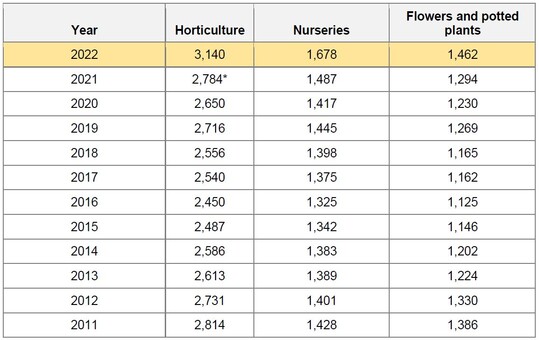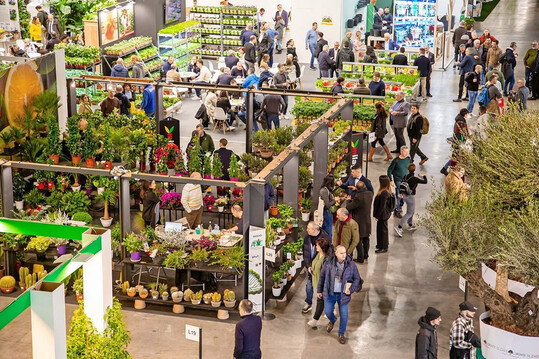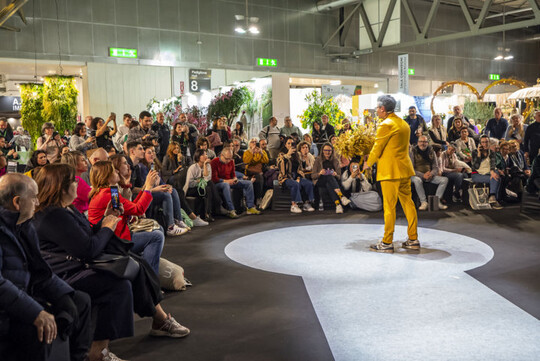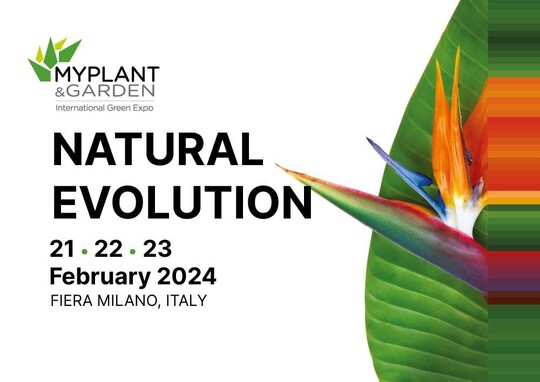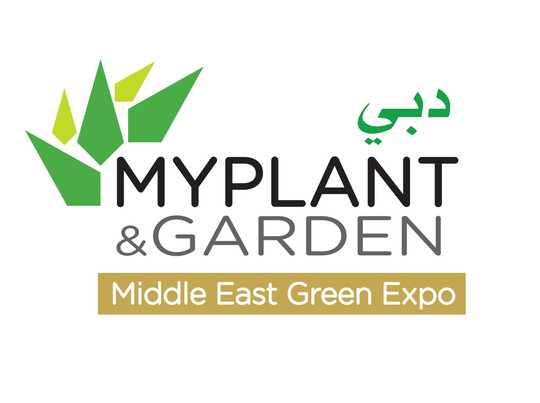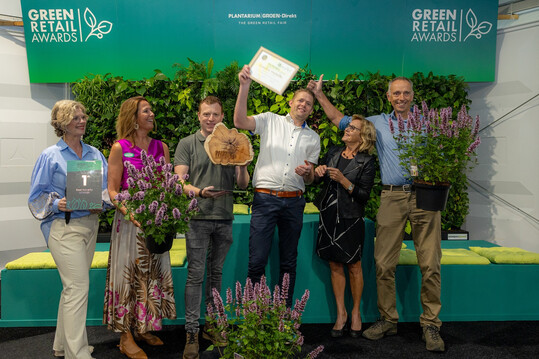Myplant & Garden: positive trend for Italian horticulture
Myplant & Garden, the most important professional, international trade fair for horticulture, garden and landscape shares and comments on the latest official data on horticulture production in Italy in 2022 (source: Istat-Italian National Institute of Statistics).
- Published on

Production value in 2022 was over 3.1 billion euro (300+ million than 2021, which registered 2.78 million), of which 1.462 billion for flowers and potted plants (about 1.3 in 2021) and 1.678 billion for nurseries (1.5 in 2021).These are the highest numbers recorded in the last few years. Italian UE27 production, instead, followed a downward trend (horticulture -3.9%).Here follows an overview of the last few years.
Italian production takes place mainly in Liguria — where the vast majority of companies cultivate flowers in the open air; Tuscany, Lombardy and Sicily — where companies focus mainly on ornamental shrubs and forestry; in Campania companies are primarily specialized in protected-crop cultivation of flowers.
More plants contribute to less carbon dioxide, less heat, a healthier environment and less natural disasters
“Horticulture is able to address climate and environmental problems, from urban forestation to the social benefits derived from planting trees in urban contexts. – Myplant management points out.We’re witnessing an increase in sensitivity towards nature: politics, architecture, landscape gardening, urban regeneration and forestation. There is more awareness about the key role of plants in the fight against climate change and their contribution in improving air quality in indoor environments; schools, hospitals and office buildings with plants can have as much as 20% less carbon dioxide, according to CNR.
More in general, more plants help reduce atmospheric pollution (7-24% less). One hectare of urban forest can absorb an average of 17 kg of PM10 per year, which helps save roughly 1,825 euro in public expenditure, contributes to lowering the temperature (between 2 and 8 Celsius less than average), contributes to reducing energy consumption, and helps increasing real estate values. Each euro invested in the improvement of urban spaces is revalued up to 4 euro.
According to the European Environmental Agency, over the last 40 years and until 2021 Italy has lost 3 billion euro — or 240,000 euro/sqm — because of extreme weather conditions. A proper landscape management could have reduced the loss. EEA also estimated that atmospheric pollution in Europe in 2019 caused over 300,000 premature deaths because of exposure, 60,000 of which occurred in Italy only.
“We also need to consider the increasing popularity of green living, micro-cultivation and balcony and garden care. People are more aware of the link between nature and wellbeing. These aspects contribute to a more successful horticulture industry”, the management comments.
The eighth edition of Myplant & Garden, one of the most popular trade fairs for the garden industry, will take place between 21 and 23 February 2024. 700 exhibiting companies and 20,000 international operators are expected to participate.



